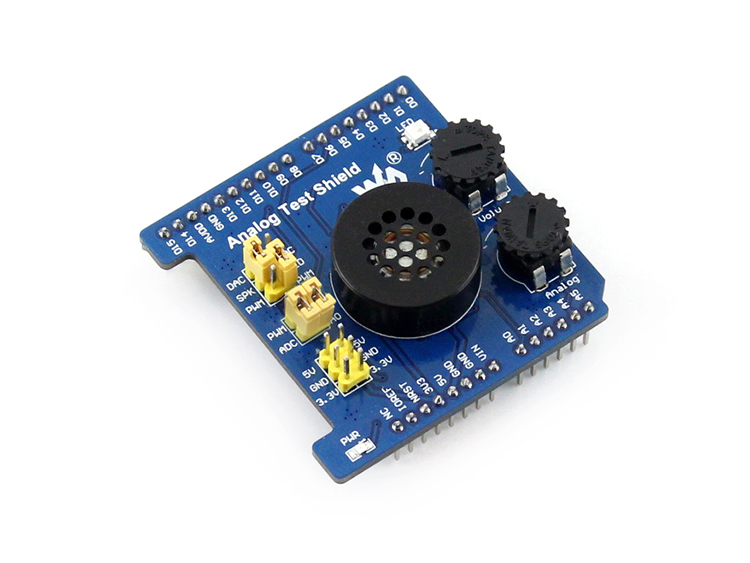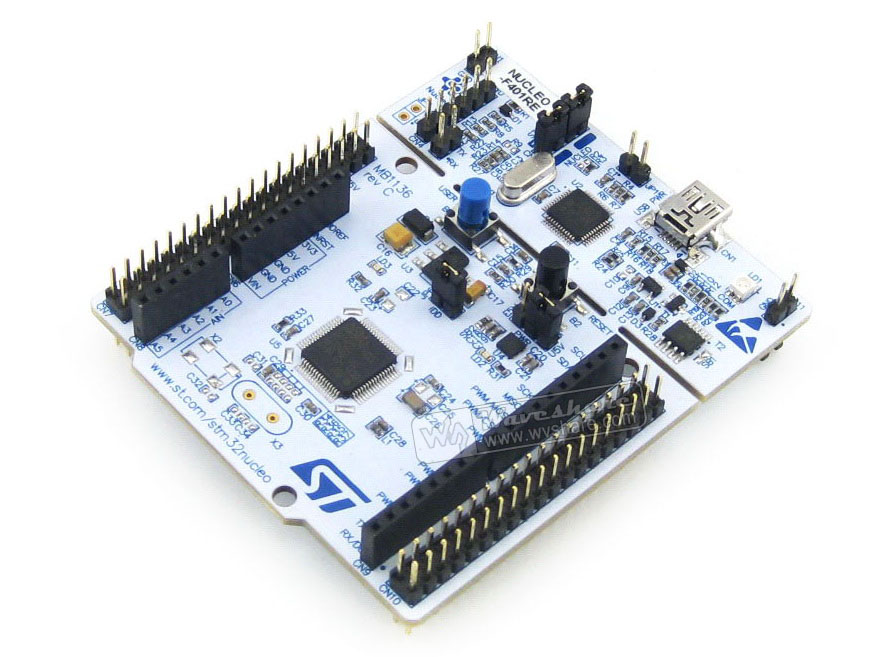
GPIO_InitDef. GPIO_InitDef.GPIO_Speed = GPIO_Speed_50MHz RCC_AHB1PeriphClockCmd(MW_TFT_RD_CLK, ENABLE) RCC_AHB1PeriphClockCmd(MW_TFT_WR_CLK, ENABLE) RCC_AHB1PeriphClockCmd(MW_TFT_RS_CLK, ENABLE) RCC_AHB1PeriphClockCmd(MW_TFT_CS_CLK, ENABLE) RCC_AHB1PeriphClockCmd(MW_TFT_RST_CLK, ENABLE) Another bonus is it also comes with a 4 wire resistive touch screen and micro SD card socket.Īs you can see from the pin out the controller uses an 8 bit parallel interface with a further five dedicated control pins. So using my Nucleo development board I started writing a basic driver, something to simply initialise the display and maybe draw some simple test patterns just so I could confirm it was working. The reason I went for this module was that it has a Arduino Uno foot print so should be compatible with the Nucleo development board. The module I purchased allegedly had an SPFD5408 controller fitted. The problem seems to be that sellers are miss stating the controller these modules are fitted with. There seems to be an abundance of posts littered all over the internet regarding these cheap Chinese TFT displays. Void RetargetInit(UART_HandleTypeDef *huart) Ĭreate a new file in the Src directory called retarget.c.Over the last couple of days I have been somewhat struggling to get a TFT display module I recently purchased from eBay working. The Boards pinout is similar to Arduino UNO and has many other additional pins to expand performance. all the STM32 Nucleo-64 boards (Nucleo-F401RE, NUCLEO-F303RE. It features the ARM Cortex M4 32-bit STM32F401RET6 microcontroller which is in LQFP64 package. Theory details are explained in separate FAQ: FAQ: Ethernet not working on STM32H7 stm32h7.
Nucleo f401re led fail code#
Copy the following code into this file: // All credit to Carmine Noviello for this code STM32 Nucleo-F401RE Pinout The STM32 Nucleo boards are the official Development Boards from STMicroelectronics. The process is similar for most other Eclipse-based IDEs.Ĭreate a new file in the Inc directory called retarget.h. This will allow us to not include a file (or folder) when we compile and link in STM32CubeIDE. Under C/C++ Build > Settings, check Exclude resource from build.Ĭlick Apply and Close. The file name in the project browser should now be grayed out. Right-click on the syscalls.c file and select Properties. For example: multiple definition of `_isatty' If you do not disable it, you will likely get a “multiple definition” error when you try to compile and link. This file defines many of the same functions that we are trying to make. The first thing we need to do is disable syscalls.c. For almost all the Nucleo boards, UART2 is tied to the ST-LINK microcontroller, which gives us a virtual COM port over USB. I am using a Nucleo-L476RG for this example. Start a new STM32 project with all the defaults. You are welcome to write your own retarget.h and retarget.c files, if you wish. With System Workbench for Linux, Embedded Linux on the STM32MP1 family of MPUs from ST was never as simple to build and maintain, even for newcomers in the Linux world. All credit goes to Carmine Noviello for his code. SW4STM32 and SW4Linux fully supports the STM32MP1 asymmetric multicore Cortex/A7+M4 MPUs.

Nucleo f401re led fail how to#
I am simply updating the process for how to get retargeting working in STM32CubeIDE. Note: the code for this section is taken from Carmine Noviello’s Mastering STM32 book.

To do that, we need to re-write the underlying functions. HAL_UART_Transmit), but sometimes it’s easier to use the standard C library functions printf, scanf, and so on. We can call the STM32 HAL functions (e.g.
Nucleo f401re led fail serial#
Another good option is to output debug information over the serial port (UART). However, semihosting can be extremely slow. One option is to use semihosting with STM32CubeIDE. When it comes to debugging, outputting information to some kind of console can be extremely useful. By default, most microcontrollers have no concept of a console, so you have to help them out a bit.


 0 kommentar(er)
0 kommentar(er)
